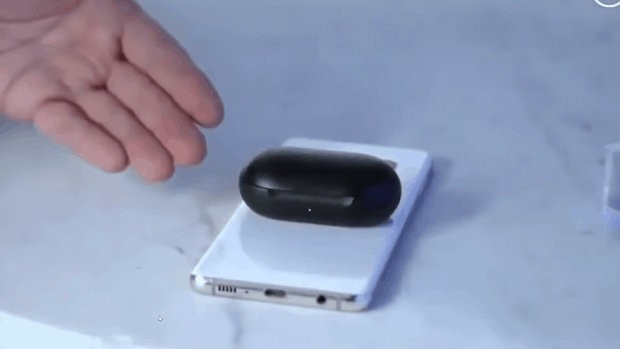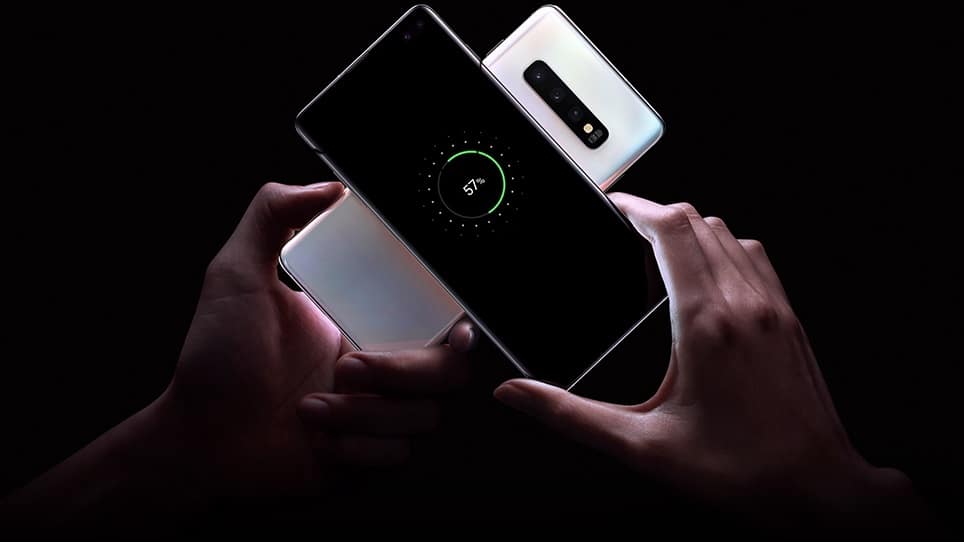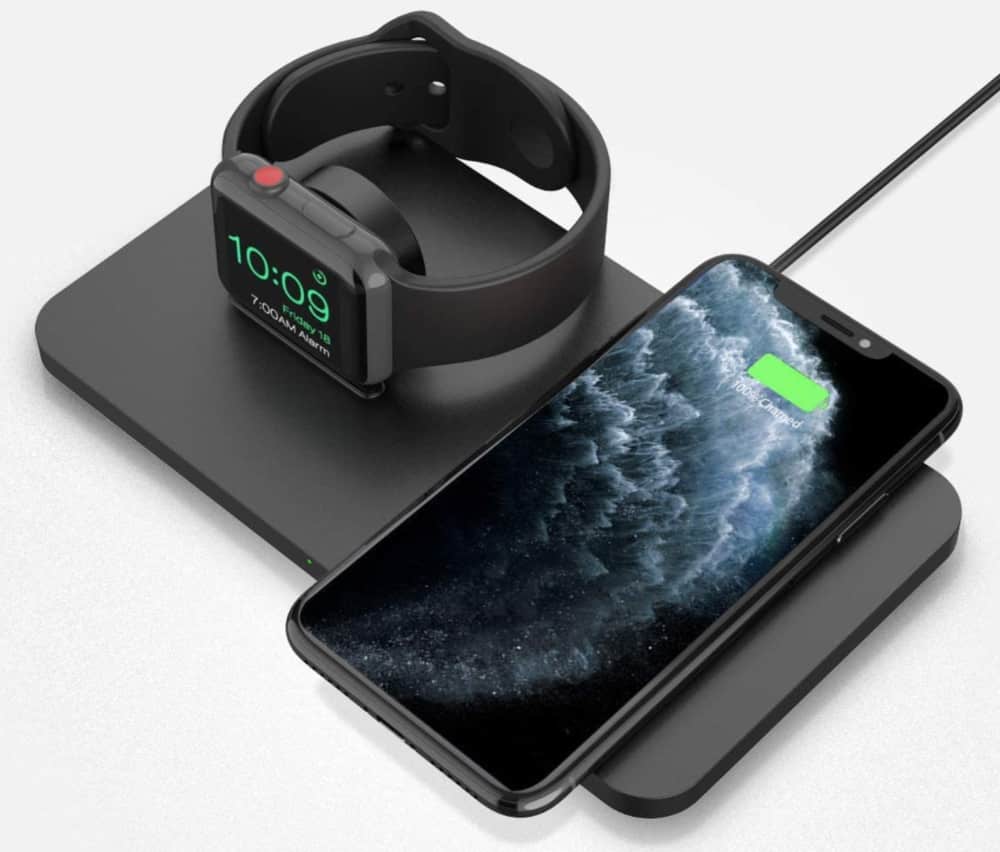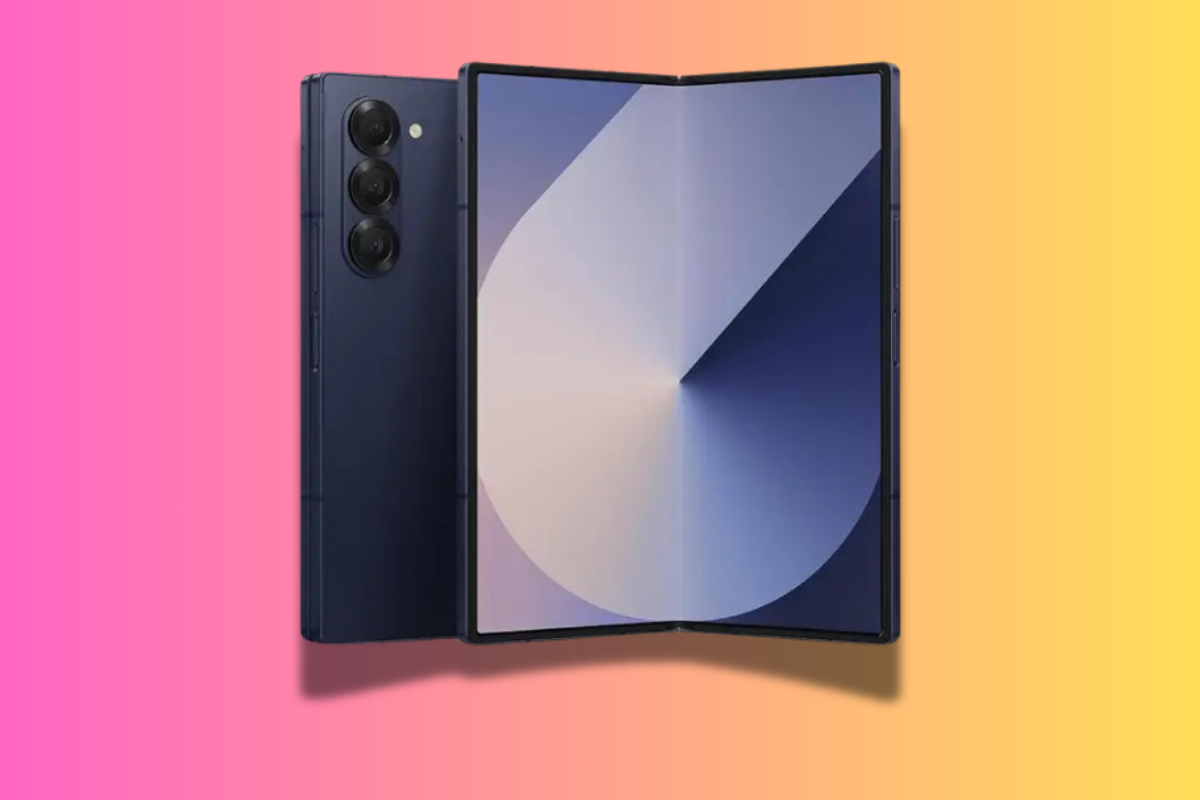These phones support reverse wireless charging – but is it more than a fad?
So you’re wondering what is reverse wireless charging? Sometimes smartphones gain truly useful and revolutionary features – like contactless payments. Other times, new highly-touted features have little real-world use and are mainly a gimmick – edge displays.
So where does reverse wireless charging fall on that spectrum. Reverse wireless charging is definitely the buzzword among smartphone features today, but as we’ll explain, the technology is pretty limited – for now at least.
But first, let’s look at what reverse wireless charging actually is. A good place to start is by mentioning wireless charging, which has existed on smartphone for more than half a decade now.
Reverse Wireless Charging VS Wireless Charging
There are a few wireless charging standards, but Qi is the most wide-spread. Wirless charging allow you to place your smartphone on a charging pad and have it drain energy from that pad and store it in its own battery.
Of course, while it’s called “wireless charging” that’s a bit of a misnomer. Here wireless charging does not mean “wireless” as we typically think of, which is transferring data through the air. Wireless charging is called so because you no longer need to plug a cable into the phone to charge it – you can place it on a pad. However, the phone must be in physical contact with the charging pad in order to charge – so it’s not truly wireless.
Still wireless charging is convenient for devices like smartphone and AirPods.

So what is reverse wireless charging?
Reverse wireless charging essentially turns your smartphone into the wireless charging pad. And so reverse wireless charging-capable smartphone can actually charge other devices that support wireless charging.
For example, if you have wireless earbuds that have a wireless charging case, you can place them on the back on a smartphone that supports reverse wireless charging and recharge the earbuds that way.
Reverse wireless charging phones are also capable of sending their own battery power to other devices, like other wirelessly charging-capable smartphones and tablets.
If Reverse Wireless Charging Useful?

Eh, it depends on how you look at it. Right now reverse wireless charging has many technological drawbacks. The first is that reverse wireless charging is really slow. It maxes out at about 10W, which is much slower than the speed of Qi charging pads, which can be anywhere from 30W to 80W or more.
This means don’t expect to charge up another smartphone or earbuds in minutes by using your smartphone’s reverse wireless charging.
Reverse wireless charging also drains your smartphones battery as its sending its juice to whatever device is reverse wireless charging from it. Also, because of the physics of energy transfer, whenever energy is transferred some is lost as heat.
This heat loss can be managed – but reverse wireless charging isn’t good at doing it. This means if your smartphone has 50% battery left and reverse wireless charging sends half of that energy to your other device, that other device didn’t get the full 25% of the energy your smartphone lost.
That’s because up to half of that energy could be lost as heat during the transfer.
Because of these limitations, reverse wireless charging is really only good for emergency charges when your other device needs just 5% or 10% more battery to get through a critical period.
However, if your reverse wireless charging-compatible smartphone is plugged into a power source itself, the heatless doesn’t matter as much because your phone will also be charging up from its plug.
Which Phones Have Reverse Wireless Charging?

The answer is – not many. At least for now. Sometimes you’ll find the odd Android phone that supports reverse wireless charging, but for now the list of major models that support it is slim.
Also not that no iPhone officially support reverse wireless charging, yet it is rumored that the iPhone 12 series may be capable of it even though the feature is not enabled.
Here are the Android phones known to support reverse wireless charging:
- Huawei Mate 30 Pro
- Samsung Galaxy M31s
- Samsung Galaxy S10
- Vivo U20
- Xiaomi Redmi Note 9
And be sure to check out our iPhone 11 Wireless Charging Tips and Tricks! Also, check out What Is Oppo’s MagVOOC? Also, be sure to check out How To Get Your iPhone MagSafe Battery Pack To Charge Past 90%! And take a look at Does iPad Have Wireless Charging In 2021?



